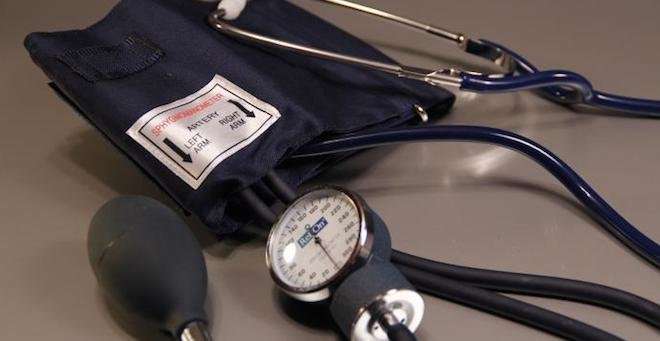Primary care physicians cautious about new guidelines for high blood pressure

Primary care faculty at UMass Medical School will continue counseling patients about lifestyle modifications as well as medication to manage blood pressure and reduce cardiovascular disease risk rather than striving to achieve a set point for all, despite stringent new guidelines from the American College of Cardiology and the American Heart Association.
Formerly called "prehypertensive," systolic blood pressure between 121 and 129 over diastolic pressure of between 80 and 89 is now defined as "elevated blood pressure." This lowered threshold classifies 46 percent of U.S. adults as having high blood pressure, compared with 32 percent under the previous definition.
"Cardiovascular disease is a public health problem and we should address it as such, recommending healthy lifestyles for everyone," said Ronald Adler, MD, associate professor of family medicine & community health. "Pushing to reach the same aggressive blood pressure target for all our patients will inevitably lead to the unintended consequences of medication adverse effects plus complications such as dizziness and falls from blood pressure that is too low."
The guidelines also call for providers to assess a patient's 10-year-risk for cardiovascular disease using the ASCVD Risk Calculator—also a source of debate—to guide doctor–patient conversations and shared decision making about how to manage elevated blood pressure.
"While I have many concerns about the calculator's ability to predict future disease, it does open up the opportunity for providers and patients to discuss risk modification when discussing blood pressure," said Frank Domino, MD, professor of family medicine & community health. "To that end, I tell patients if they do not want to take a blood pressure pill, they only need to get 20 minutes of aerobic exercise five days a week."
Other American and international health organizations define high blood pressure as more than 150/90 for those older than 60 years and more than 140/90 for everyone else, including diabetics, regardless of age.
"I worry that the new guideline doesn't account for the potential harms of overdiagnosis and overtreatment, especially in the elderly," said Dr. Adler. "Our medical care should focus on controlling those with more significantly elevated blood pressure and cardiovascular risk to ensure that we reach targets about which there is widespread consensus more reliably."
The new guidelines were announced Nov. 13 and published in the journal Hypertension.
More information: Paul K. Whelton et al. 2017 ACC/AHA/AAPA/ABC/ACPM/AGS/APhA/ASH/ASPC/NMA/PCNA Guideline for the Prevention, Detection, Evaluation, and Management of High Blood Pressure in Adults, Hypertension (2017). DOI: 10.1161/HYP.0000000000000065















